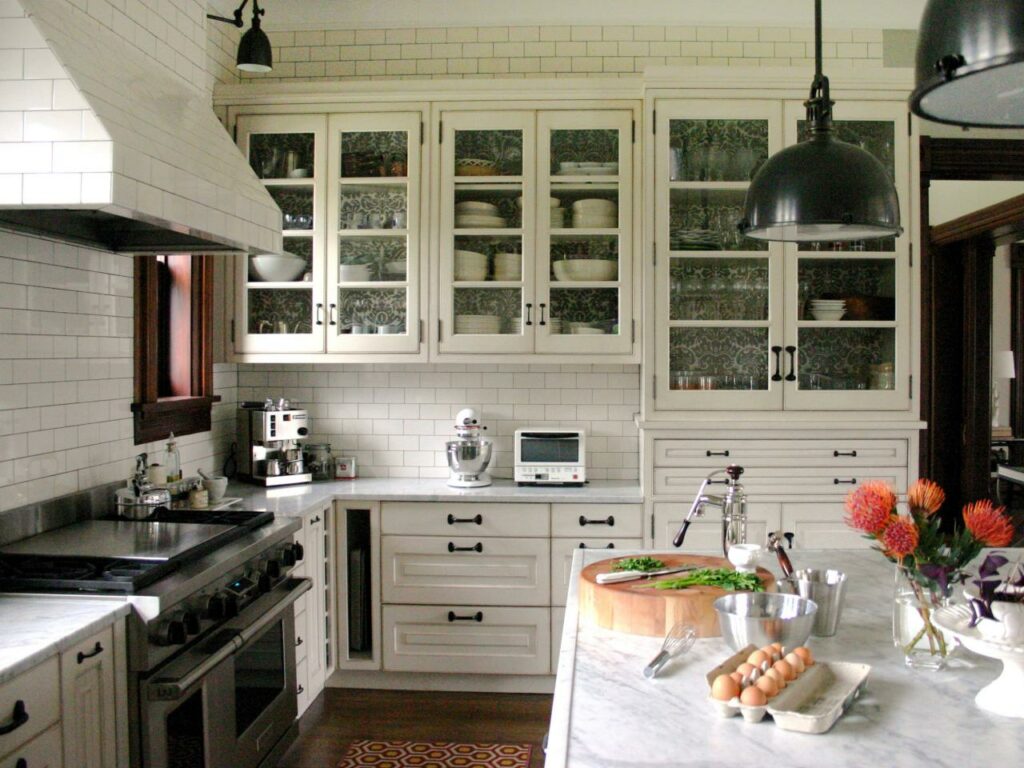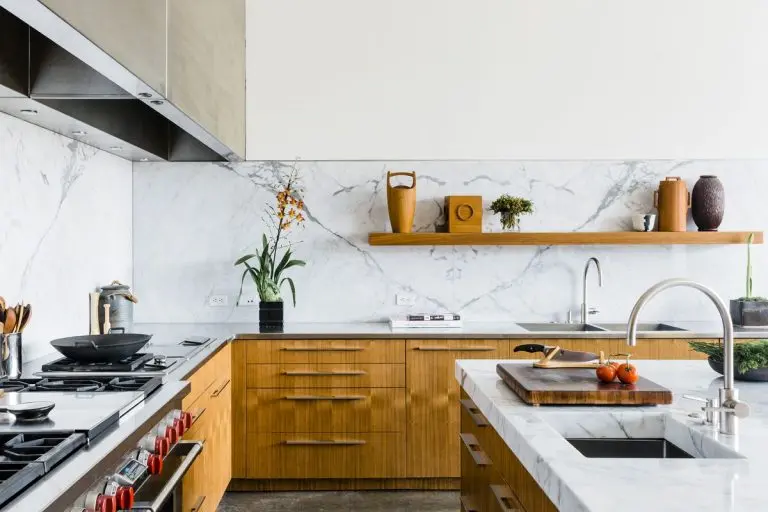How To Measure Cabinets

Do you want to measure cabinets but need help knowing where to start? Cabinet 4 Less makes it easy with step-by-step guides and helpful do’s and don’ts on measuring cabinets. The measurements will help you decide which size, style, and type of cabinet work best for your space. Accurate measurements ensure that the cabinets you purchase fit perfectly in your kitchen or bathroom. Here are some tips on how to measure cabinets correctly:
Step-by-step Guide for Measuring Cabinets
Measure the width.
The first step in measuring your cabinets is to determine the width. Measure the width of the space, considering any obstacles, such as electrical outlets or windows. Make sure to measure from wall to wall rather than measuring the existing cabinet and assuming it will fit.
Measure the height.
When installing cabinets, measuring precisely from the floor up to the top of your cabinetry and any counters or surfaces nearby is essential. Remember to check that there is sufficient ceiling clearance too! By double-checking all measurements, you can rest assured that those new cabinets will fit perfectly and look great for years to come.
Measure the depth.
When selecting a new cabinet, it is essential to accurately measure the depth of your space and ensure that it fits. The depth of the cabinet refers to the distance between its front and back panels; this measurement can be particularly important for base cabinets as it affects how much countertop area will be available. With precise measurements in hand, you can easily identify which cabinetry best suits your needs!
Measure the opening.
Before ordering your cabinets, it’s important to measure the opening of the space. It will ensure that the cabinet will fit doorways and around corners on its way to the installation location.
Do’s:
- Measure cabinet sizes with a tape measure and note the fractions on the tape measure, if available.
- Double-check all measurements before making orders, especially for doors and windows.
- Check the thickness of countertops and any other materials that could protrude from the wall.
Don'ts:
- Remember to factor in any additional space needed for an oven or refrigerator when measuring a kitchen design.
- Don’t rush! Take your time double-checking all measurements to avoid any surprises when installing.
- Avoid using laser levels as they are not always accurate for Cabinet 4. Fewer cabinets due to their unique construction.
Whether you’re just starting with Cabinet 4 Less or if you’ve been installing cabinets for years, Cabinet 4 Less LLC’s comprehensive guide on how to measure cabinets will help you get the job done quickly, accurately, and stress-free. With our do’s and don’ts on measuring cabinets, you can be certain that your new cabinets will fit perfectly in your home. Get started today!
Measuring Your Bathroom Cabinets and Kitchen Cabinets
- Measure the width and depth of your space where you plan to install your cabinets, which will determine your cabinets’ size. Make sure you measure up to where your ceiling height ends.
- Measure any windows, walls, corners, or other obstructions within the space where you want to place your cabinets—these must be measured for accurate cabinet measurements.
- For wall cabinets, measure from the floor to the center of the top cabinets. For base cabinets, measure from the top of the cabinet to your desired height.
- Measure the exact height of your ceiling at several different points. This will help you confirm that your cabinets will fit, taking into account any obstructions such as light fixtures or ductwork.
- Keep in mind that the floor may not be level and that your wall cabinets must be mounted at the same height as they are deep. Make sure the counters, sinks, and other appliances you plan to use in your kitchen will fit under any wall cabinets.
- For corner cabinets, measure their point-to-point dimensions to determine the number of cabinets that fit into your space. Measure both inside corners and outside corners.
- Please provide additional photos of the current kitchen or bathroom. This will help us better understand what measurements you’re bringing in and what could work best for you.
Be sure to take measurements with tape measures in hand and mark the numbers in pencil where you intend to place your cabinets. Write down all your measurements. Then you can take the information to C4L Cabinetry, and we will walk you through the rest of the process as you choose your new cabinets.
Factors to Consider When Selecting Cabinets or Vanities
There are many factors to consider when selecting kitchen cabinets. The following list includes some of the most important considerations:
- The size of your space will have a big impact on the type of cabinets you need. If you have a small area, you may want to select cabinets that are lower in height so that they don’t make the space feel cramped.
- The layout of your room will also impact the type of cabinets you select. If you have a lot of counter space, you may want to choose taller cabinets and have more storage space.
- Your kitchen or bath style will dictate the type of cabinets you select. If you have a modern kitchen, you may want to choose sleek, contemporary cabinets. If you have a traditional kitchen, you may want to choose more traditional, ornate cabinets.
- The finish of your cabinets is also an important consideration. You can choose from a variety of finishes, such as natural wood, painted, or stained.
- The hardware for your cabinets is also an important consideration. You can choose from various handles and knobs to find the perfect look for your kitchen and bathroom.



